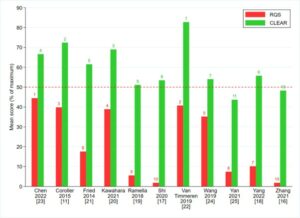In this study, the authors aimed to develop an explainable ultrasound (US) computer-assisted diagnostic (CAD) model for suspicious thyroid nodules by retrospectively analyzing over 2,900 solid or almost-solid thyroid nodules. A deep learning model and a multiple risk features learning ensemble model were then used to train the US images of 2,794 thyroid nodules. An integrated AI model was generated by combining both models and, subsequently, the diagnostic accuracies of all three AI models were predicted in a testing set and compared to the diagnostic efficacy of five ultrasonographers. The authors found that the integrated AI model in their study can improve the diagnostic accuracy of suspicious thyroid nodules as well as output the known risk features simultaneously.
Key points
- We developed an artificial intelligence (AI) diagnosis model based on both deep learning and multiple risk feature ensemble learning methods.
- The AI diagnosis model showed higher diagnostic accuracy for suspicious thyroid nodules than ultrasonographers.
- The AI diagnosis model showed partial explainability by outputting the known risk features, thus aiding young ultrasonic doctors in increasing the diagnostic level for thyroid cancer.
Authors: Juan Wang, Jue Jiang, Dong Zhang, Yao-zhong Zhang, Long Guo, Yusheng Jiang, Shaoyi Du & Qi Zhou













